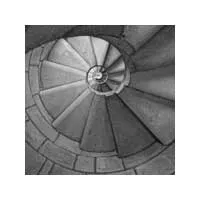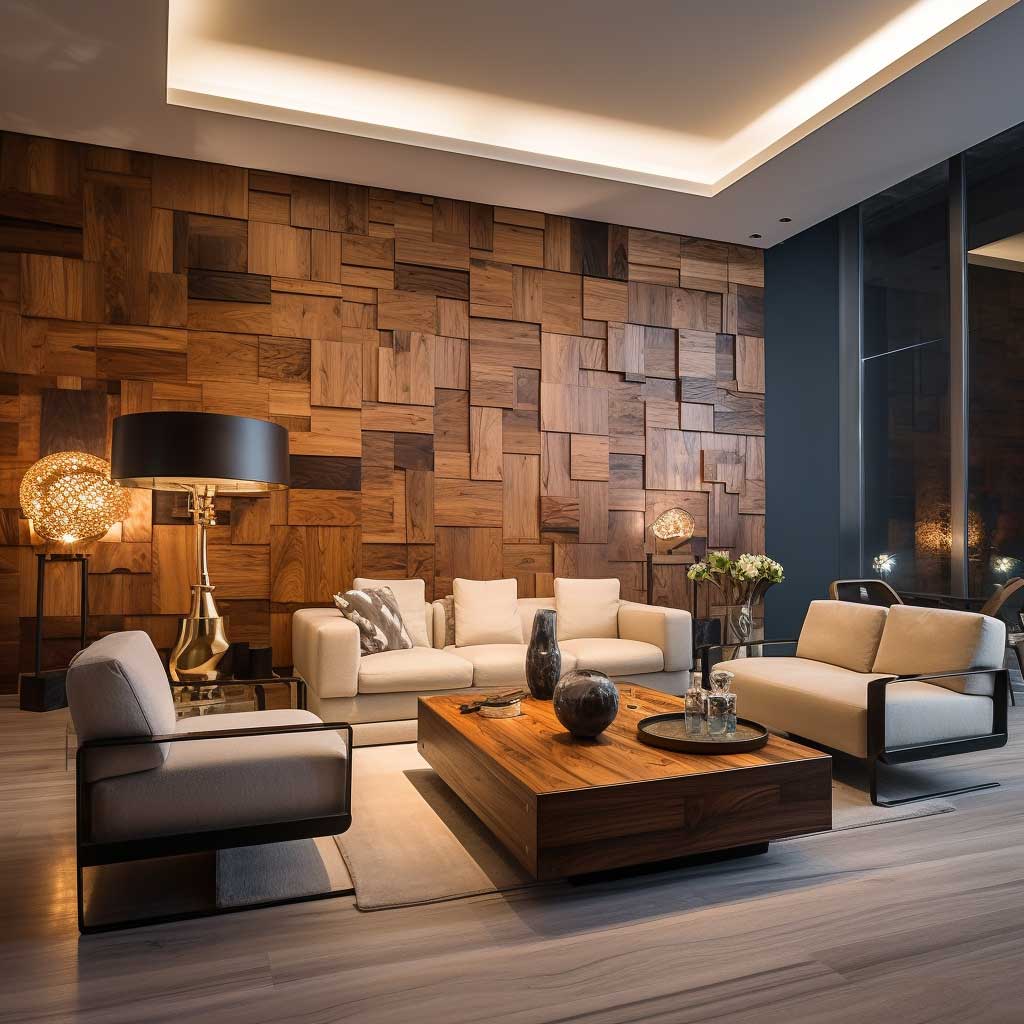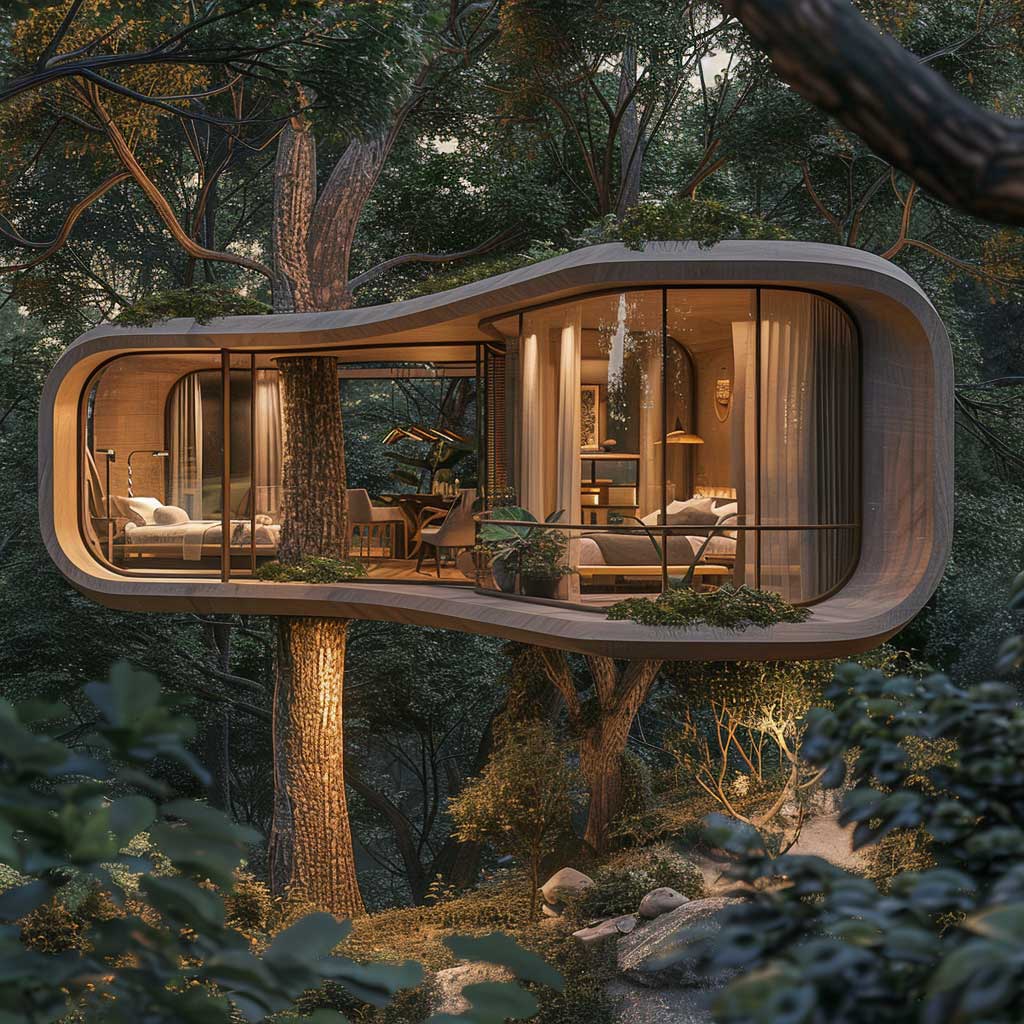Content
In the realm of architecture, the facade is more than just a face; it’s the skin that protects, the canvas that speaks, and the first impression that lasts. As we delve into the world of modern design, the emergence of solid surface materials stands out, promising not only aesthetic appeal but also unmatched durability. This article takes you on a journey through the art and science of crafting weatherproof facades using these innovative materials.





The Rise of Solid Surface Materials
The architectural world is no stranger to evolution. From the rustic charm of wood to the industrial allure of steel, materials have always shaped our built environment. But in recent years, solid surface materials have emerged as a game-changer. Their seamless appearance, coupled with their robust nature, makes them a favorite among architects and designers.
Unlike traditional materials, the solid surface offers a blend of natural minerals and high-performance acrylics. This combination results in a non-porous, stain-resistant surface that can withstand the harshest weather conditions.
Beyond their functional benefits, these materials offer a vast palette of colors and patterns. This versatility allows architects to craft facades that are not only durable but also visually captivating.
The ease of maintenance is another feather in the cap for solid surface materials. Their non-porous nature means they repel water, making them resistant to mold, mildew, and other moisture-related issues.
As sustainability becomes a cornerstone in modern design, solid surface materials rise to the occasion. Their long lifespan and recyclability make them an eco-friendly choice for facades that stand the test of time.




Crafting the Perfect Facade
Crafting a facade is akin to painting a masterpiece. It begins with a vision, followed by meticulous planning and execution. With solid surface materials, architects have a broader canvas to work with.
The malleability of these materials allows for intricate designs and patterns. Whether it’s a geometric play of light and shadow or a subtle gradient of colors, the possibilities are endless.
One of the standout features of solid surface materials is their ability to mimic other materials. From the elegance of marble to the rusticity of wood, these materials can be crafted to resemble almost any texture or finish.
The installation process, too, is streamlined. Thanks to their lightweight nature, solid surface materials reduce the load on the building’s structure, making the construction process more efficient.
But crafting the perfect facade goes beyond just aesthetics. It’s about creating a barrier that protects the building’s inhabitants from the elements, and with solid surface materials, this protection is guaranteed.
Ensuring Quality with the Best Hydrostatic Head Tester
In the world of textiles, from high-performance outdoor apparel to industrial tarps and medical fabrics, the ability to resist water penetration is a critical measure of quality and functionality. This is where the precision of a Best Hydrostatic Head Tester becomes indispensable. This specialized instrument is the definitive tool for quantifying a material’s resistance to water under pressure, providing vital data for manufacturers and quality control laboratories.
The core principle behind this test is simulating the conditions a fabric might face, such as heavy rain or a static column of water. A Fabric Waterproof Tester, also known as a Water Resistance Tester, accomplishes this by clamping the fabric sample securely and subjecting one side to steadily increasing water pressure. The test measures the exact pressure level, expressed in millimetres or centimetres of water column (mm H₂O or cm H₂O), at which water first penetrates through the fabric. A higher hydrostatic head rating indicates a more waterproof material.
Utilizing the Best Hydrostatic Head Tester offers undeniable advantages. It provides objective, repeatable results that are crucial for compliance with international standards like ISO 811. This data allows brands to certify their products accurately, giving consumers confidence in their purchases. For manufacturers, it helps in refining material compositions and fabric treatments to achieve desired performance levels, ensuring durability and reliability.
Ultimately, investing in a reliable Water Resistance Tester is not just about passing a test; it’s about building trust. It is a fundamental step in guaranteeing that finished products will perform as expected in real-world conditions, protecting users and contents from the elements. For any business committed to delivering superior waterproof goods, this instrument is a cornerstone of the quality assurance process. For more information on textile testing methods/standards or textile testing machines, contact us:
- What’s App: +86 180 2511 4082
- Tel: +86 769 2329 4842
- Fax: +86 769 2329 4860
- Email: [email protected]



The Future of Facades
As we look to the future, the role of facades in architecture is set to evolve. With the advent of smart cities and sustainable design, the demand for materials that are both functional and eco-friendly is on the rise.
Solid surface materials, with their blend of aesthetics and functionality, are poised to lead this revolution. Their adaptability means they can be integrated with smart technologies, paving the way for interactive facades.
The push for green buildings also sees solid surface materials in the spotlight. Their energy-efficient properties, coupled with their recyclability, make them a prime choice for sustainable design.
As urban landscapes become more crowded, the need for noise-reducing facades becomes paramount. Here again, solid surface materials come to the rescue with their sound-absorbing properties.
In essence, the future of facades is bright, and solid surface materials are at the forefront, championing a new era of design and innovation.



Embracing Aesthetic Diversity
One of the most compelling attributes of solid surface materials is their aesthetic versatility. Architects and designers are no longer confined to a singular look or feel. Instead, they can craft facades that resonate with the building’s purpose or the surrounding environment.
Urban landscapes, with their concrete jungles, can benefit from facades that introduce elements of nature. Solid surface materials can be crafted to mirror the serene patterns of flowing water or the ruggedness of mountain terrains.
In contrast, buildings in more natural settings might opt for sleek, minimalist facades. The smooth and seamless finish of solid surface materials can provide a contemporary touch amidst rustic surroundings.
Cultural and historical contexts also play a role. In areas steeped in tradition, facades can be designed to pay homage to local heritage while still embracing modernity. The adaptability of solid surface materials ensures that they can be molded to fit any narrative.
Ultimately, the aesthetic diversity offered by these materials ensures that every building can have a unique identity, one that tells its own story while standing resilient against the elements.



Beyond Facades: The Versatility of Solid Surface Materials
While facades are a significant application, the versatility of solid surface materials extends far beyond. From interior design elements to furniture pieces, their usage is vast and varied.
Solid surface materials are making their mark in commercial spaces in countertops, reception desks, and even wall claddings. Their stain-resistant and easy-to-clean properties make them ideal for high-traffic areas.
The healthcare sector, too, is reaping the benefits. In environments where hygiene is paramount, the non-porous nature of these materials ensures that they remain free from bacteria and other pathogens.
Designers are also experimenting with solid surface materials in the realm of furniture. From sleek tables to ergonomic chairs, the design possibilities are endless.
As the world becomes more conscious of the environment, the recyclability of solid surface materials is another feather in their cap. Old facades or interiors can be repurposed, ensuring minimal waste and a reduced carbon footprint.











Solid surface materials are not just a trend; they represent a paradigm shift in the world of architecture and design. Their blend of aesthetic appeal, functional benefits, and environmental consciousness makes them a frontrunner in modern construction. As we look to the future, it’s evident that these materials will continue to shape our built environment, crafting spaces that are as beautiful as they are resilient.






